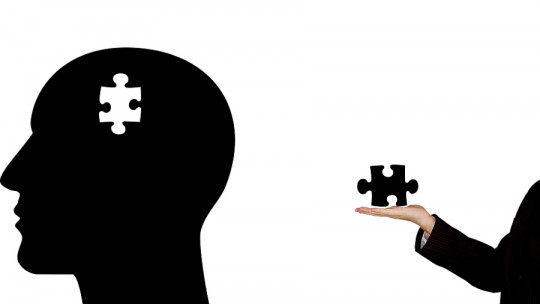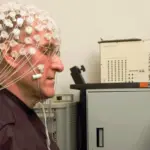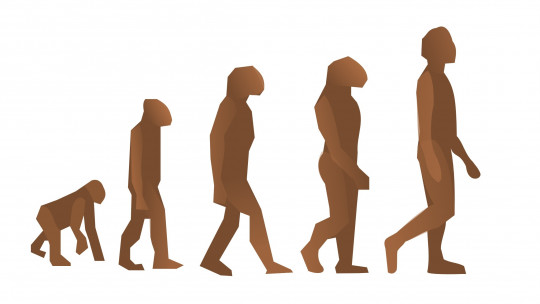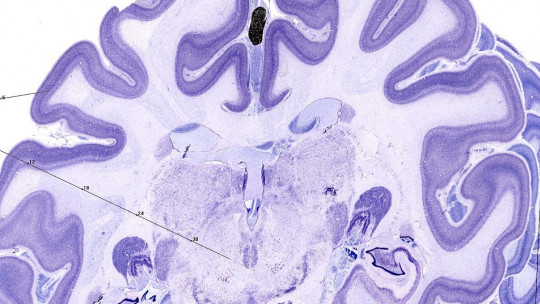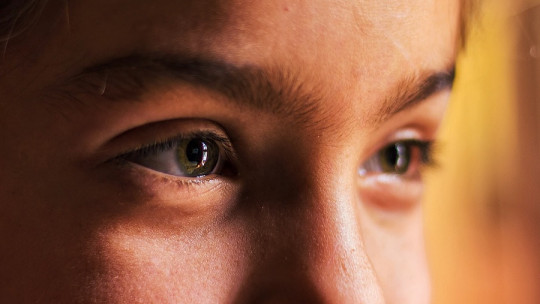
The Kappa effect is a perceptual illusion and it constitutes further proof that, sometimes, our minds and our senses deceive us.
In this article we will see what this phenomenon consists of, how it has been studied, what type of sensory modalities it can be applied to and what theories try to explain it. As we will see, this perceptual phenomenon is part of a branch of psychology, basic psychology.
What is basic psychology?
Basic psychology is a part of psychology responsible for study a series of psychological and behavioral processes, as well as the laws that govern these processes. The main areas in which this branch of psychology investigates are: perception, sensation, learning, reasoning, motivation and memory.
Within the area of perception, we find a series of perceptual illusions, which “deceive” our mind. One of these illusions is the Kappa effect that occurs when faced with different types of stimuli, and which we will see below.
What is the Kappa effect?
The Kappa effect is a phenomenon of basic psychology; It is also called “perceptual time dilation”, and consists of an illusion of perception, which is temporary, and which arises when people who observe a series of sensory stimuli occurring sequentially, in different places, They judge how much time has passed between stimulus and stimulus.
Observers, upon perceiving a sequence of stimuli consecutively, tend to overestimate the time that has passed between successive stimuli when the distance between them is sufficiently large ; In contrast, when the distance is small enough, observers tend to underestimate the time elapsed between stimuli.
Sensory modalities
The Kappa effect can be produced with three types of sensory modalities: the visual modality (visual stimuli, such as flashes of light), the auditory modality (for example, tones), and the tactile modality (for example bumps on the skin).
1.Visual
Most of the studies developed on the Kappa effect have been carried out with the visual modality, that is, with visual stimuli. To better illustrate this effect, consider the following: three light sources, called A, B and C, that illuminate successively in the dark. The interval between stimulus and stimulus is equal between each of them.
Now let’s imagine that we place these three light sources, A, B and C, in different positions (for example A and B closer together than B and C); If we do so, the observer will perceive that the time interval between the flash of A and B (these sources are closer) is shorter than the time interval between the flashes of B and C (these sources are further away from each other). ).
2. Auditory
In the auditory modality (with auditory stimuli), the Kappa effect has also been demonstrated although not in all experimental paradigms.
To cite an example, in an experiment conducted by Roy et al. (2011), just the opposite was proven; that when the distance between the different sound sources (auditory stimuli) was increased, the time intervals perceived by the observer, between source and source, were smaller.
In other words, observers perceived a shorter time interval when stimuli were increasingly spaced apart (i.e., they perceived less time passing between them).
Explanatory theories of this perceptual illusion
What theories try to explain the Kappa effect? Theories that incorporate the element of speed, since this It is the element that “unites” the space between stimulus and stimulus and the temporal interval between them.
Specifically, these theories focus on the brain’s expectations regarding the speed between stimuli. Let’s get to know the three theories that try to explain the Kappa effect, explained in a very summary way:
1. Low speed expectation
The first theory that we are going to explain is that of the expectation of low speed. This It is based on a model, called the Bayesian perceptual model, and aims to explain the Kappa effect in tactile stimuli.
This theory states that brain circuits encode the expectation that tactile stimuli move slowly. This expectation results in us overestimating the time between stimulus onset and stimulus onset.
2. Expectation of constant speed
The second explanatory theory of the Kappa effect, basically what it says is that our brain has established the expectation that the speed of the stimuli (that is, the time between stimulus and stimulus) will be constant. This expectation, logically, leads us to make perceptual “errors,” and that is why the Kappa effect would occur.
This theory attempted to explain the Kappa effect through a study, which consisted of the following: different participants observed a total of eight white dots, in a straight line; These points appeared successively, in a certain direction (horizontal) along the aforementioned straight line.
What happened? That when the temporal interval between stimulus and stimulus (that is, between its appearance) was constant and their physical separation varied, the Kappa effect occurred (following the hypothesis or theory of constant velocity).
On the other hand, when the time interval between stimulus and stimulus was modified in the experimental conditions, as well as their physical separation, the Kappa effect was not observed (the constant speed hypothesis was not met).
What explanation did the researchers offer for this? Basically, it is not easy to perceive uniform movement when the patterns are so diverse and complicated. In this way, they determined how the context of presentation of the stimuli could affect the temporal perception of the observers (that is, the time we perceive that passes between stimulus and stimulus).
3. Movement in different contexts
The third theory that aims to explain the Kappa effect is the theory of movement in different contexts. According to this theory, The higher the speed of the stimuli, the greater the resulting Kappa effect and.
This theory also maintains that observers have the tendency to apply their previous knowledge regarding movement to a given sequence of stimuli; Thus, in different studies, it was observed how, when participants observed stimuli placed vertically, the Kappa effect was greater in sequences that moved downwards.
How is this explained? The researchers proposed that we have the prior expectation that acceleration is downward and deceleration is upward ; As a result of this, it follows that we underestimate the temporal interval between the stimuli (that is, we believe that they go faster than they really do).

